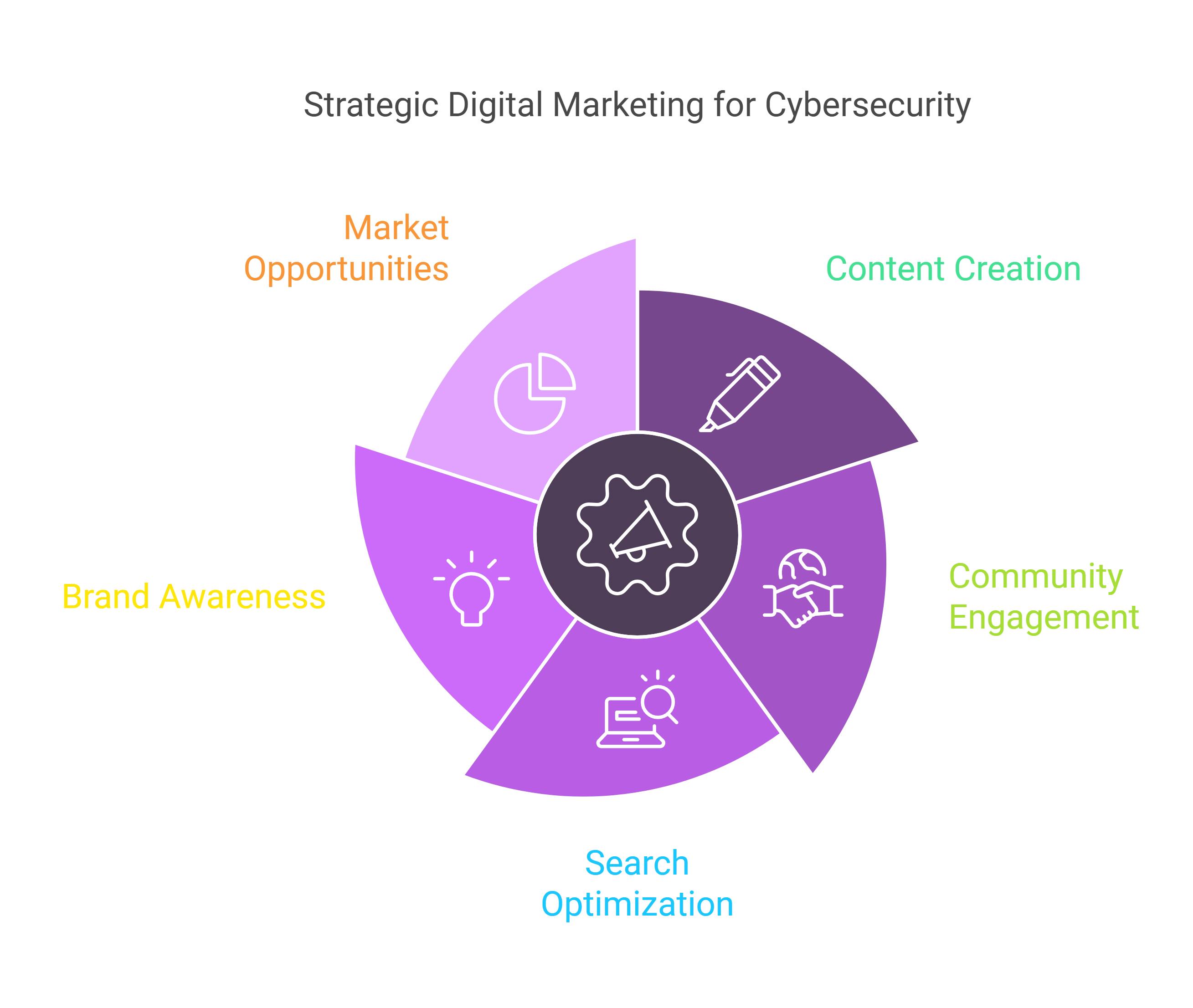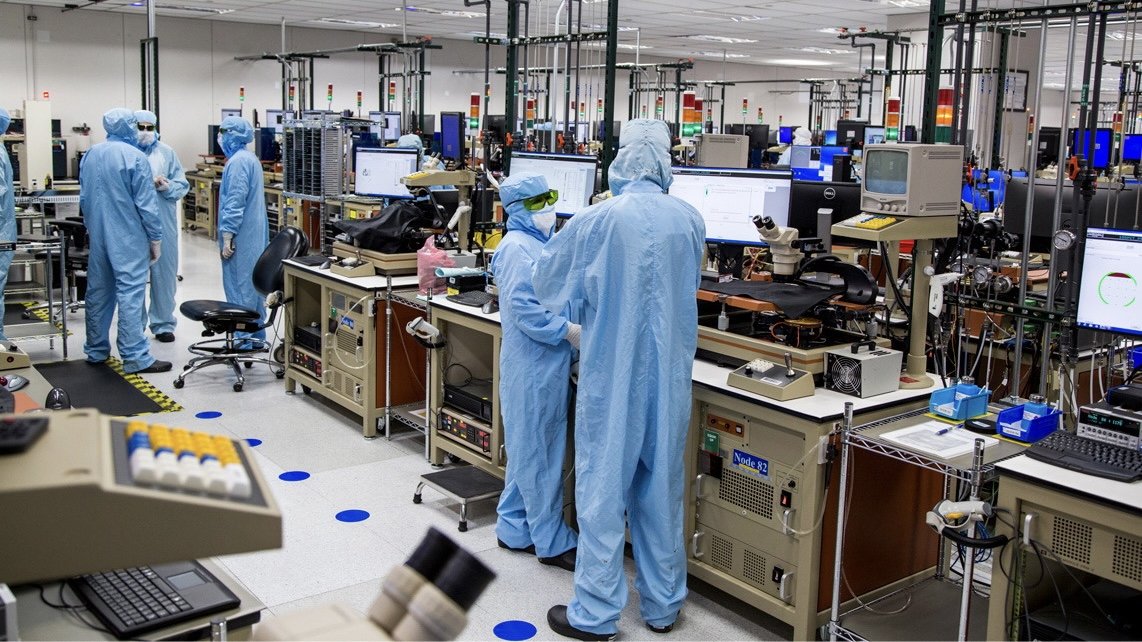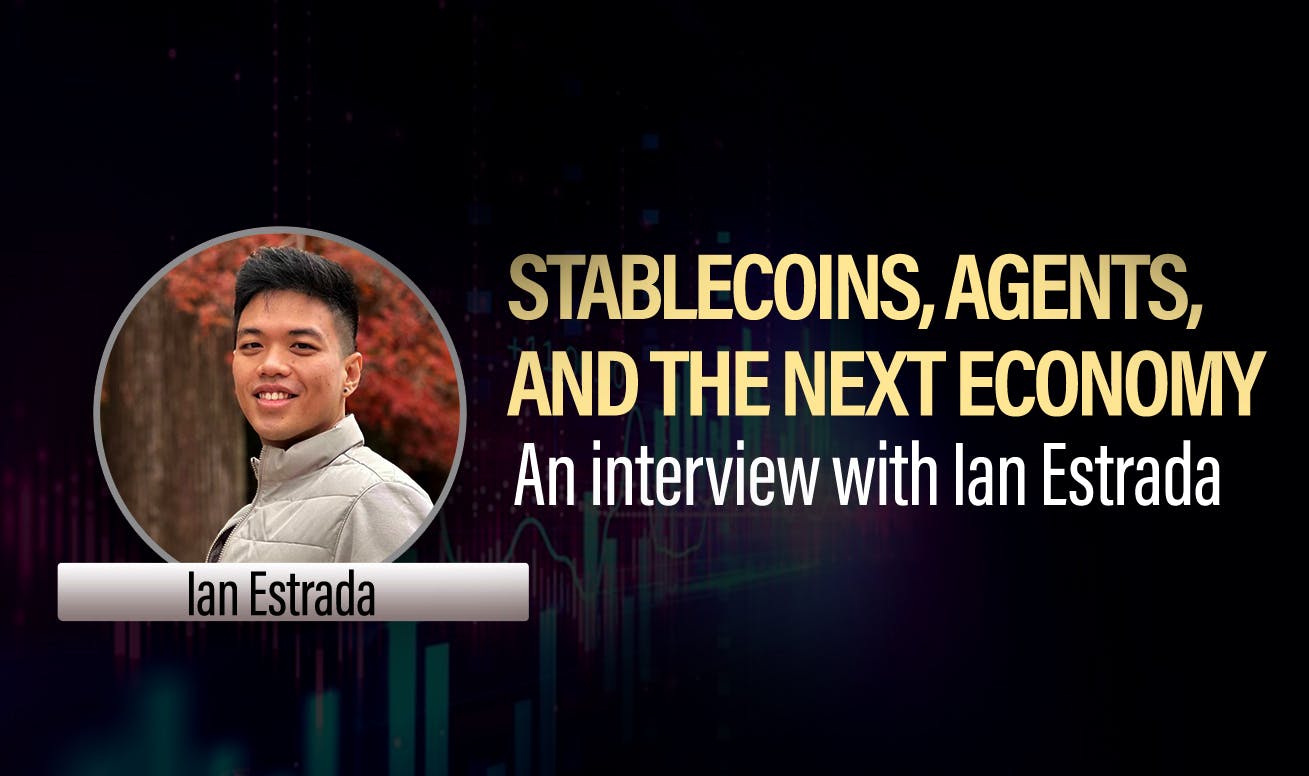OPINION: The processing giants are now on top of the tech world relegating manufacturers to second billing. Times are changing, and it makes tech a little less fun and interesting as a result.
Traditionally speaking the Consumer Electronics Show has been about the coolest stuff you can buy during the coming year, the stuff you might be able to buy five years from now, and the immensely cool and quirky stuff that’s so ‘out there’ you’ll never be able to buy.
Get £50 off the Galaxy S25
Register your interest in the Galaxy S25 reveal and fill in a short questionnaire and you’ll be gifted with a £50 voucher to be used against Samsung’s upcoming phones.
- Samsung
- Fill in a questionnaire
- Get a £50 voucher
View Deal
It has often been manifested through the biggest and most bodacious televisions with mind-blowing display technology that’ll power the way we watch in the future. Or, significant home technology advancements that turned our gadget-filled homes into smart gadget-filled homes.
The companies, who plastered their name across the front of these gadgets got all the credit. The companies that made the experiences possible through processing advancements took a back seat as mere component suppliers; gaining very little limelight. Maybe a spot on stage during the keynote to discuss the nerd stuff behind the new features? But the top billing on the entire show? No chance.
That hasn’t not been the case for a while, but at CES 2025 it felt we entered a new era of the silicon makers demanding the limelight. The likes of Nvidia, AMD, Qualcomm and Intel’s announcements garnered far more anticipation coverage than the actual PC makers who bring that tech to life.
Companies like Samsung, Acer, Lenovo are no longer the most important contributors to the laptops we buy, for instance. They’re mere facilitators for the silicon makers powering the new experiences coming to the fore.
Displays are important, battery life is important, build quality and design are important, but performance now tops all. And that’s reflected in the stock market value of companies like Nvidia, whose GeForce RTX 5090 GPU was the standout star of CES.
Meanwhile, Qualcomm’s Snapdragon X announcement means you’re going to get incredible AI performance in a $600 Windows laptop. Who that laptop is made by is secondary to that.


A lot of this can be attributed to AI. If, as a manufacturer, you’re going to advertise that your device is capable of these incredible feats of computation on the device, without sending your data to the cloud, you’re going to want to advertise that chip.
And the laptop makers who were at CES emphasised more than anything that their new products will have these chips, like a movie studio advertising they’ve got Tom Cruise to star.
That’s the main reason you’re going to want to see the movie. And, at the moment, the A-Listers are CPU, GPU and more recently and significantly, the neural processing unit – the NPU.
Tech education
It’s also a case of the tech loving public becoming more educated, knowledgeable and demanding. The gamers, for instance, seeking the ultimate in visual fidelity without sacrificing frame rate and more immersive experiences brute force processing cannot yet muster.
As such, benchmarking of processors is now one of the key elements of any review here at Trusted Reviews, which hasn’t always been the case in the consumer technology press. When I started reviewing products 15 years ago for other publications, the performance section of the review was based on the anecdotal experiences using the product.
The technical data elements were for more niche, specialist publications, but that just doesn’t cut it anymore. Rightly so. This stuff informs purchase decisions among a public now valuing performance at (or near) the top of the list. The public are now much more aware of what goes into their tech, beyond the enthusiast level.
Give me the old fun and zany CES
From an enthusiast’s perspective, this is great and overdue. From a personal perspective, this has taken a little bit of the fun out of what made the consumer electronics. I liked the sci-fi element of the show.
I liked scouring the floors for a Mad Scientist-style invention; or what the brightest minds at big companies had spent a load of money on conceptualising and prototyping, even if it might never become a thing.
And that’s kind of sad, is it not? That stuff still exists, but all the headlines are dominated by what powers the thing rather than the thing itself.
I’m not sure there’s any going back though. It’s the silicon maker’s world now, the manufacturers are just trying to sell stuff in it.












